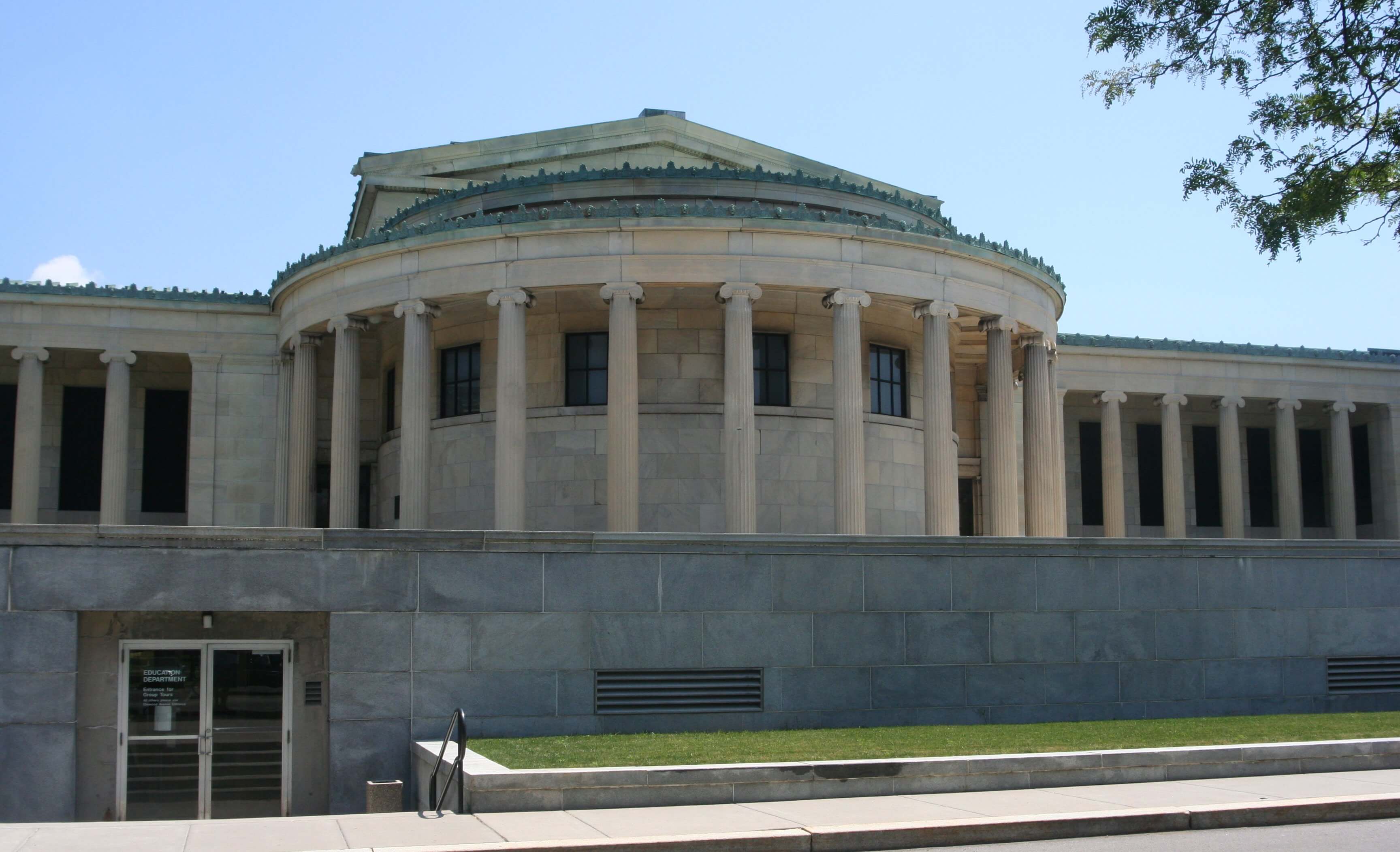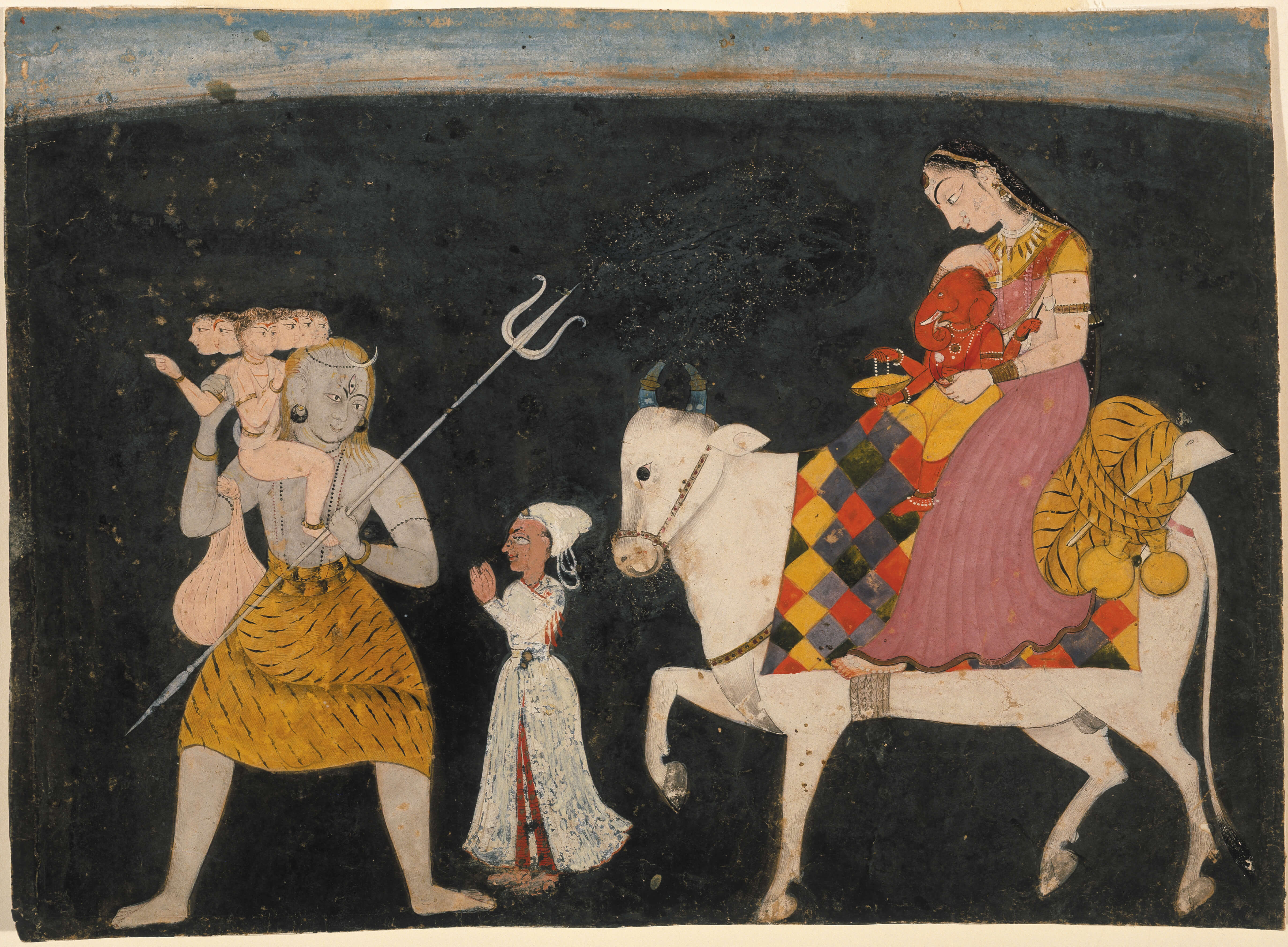The Albright-Knox Art Gallery is one of Buffalo’s most iconic landmarks, but the museum has, unfortunately, been closed to the public for nearly three years.
That’s because it’s undergoing a massive renovation and addition, which began in November 2019 and is expected to continue into 2023. It is the most significant campus expansion and development project in the museum’s 160-year history, according to its website.
The gallery was originally supposed to open this year, but COVID-19 supply chain issues pushed the opening to the first half of 2023, according to The Buffalo News.
The gallery will reopen next year with 50,000 square feet of exhibition space, a 6,000-square-foot town hall covered by a kaleidoscopic glass dome sculpture, and a brand new name: The Buffalo Albright-Knox-Gundlach Art Museum, or Buffalo AKG Art Museum for short.
Planning For Renovations
Why the “Gundlach” in the new museum name? The $160 million renovation project includes $65 million contributed by Buffalo native Jeffrey Gundlach, the billionaire chief executive and founder of DoubleLine Capital, according to The Buffalo News.
You may recognize Gundlach’s name from the 2014 sale of the Buffalo Bills — he expressed interest in buying the team before Terry Pegula reached an agreement to purchase them. The contribution is the largest philanthropic gift in Western New York history.
According to the New York Times and Gundlach, the previous Albright-Knox Gallery was in desperate need of more space. Its collection of more than 7,000 modern and contemporary works has quadrupled since it expanded in 1962. According to gallery directors, they could only display about 2.5% of the masterpieces owned by the museum at any given time due to the lack of space.
In funding the project, Gundlach told the NY Times that he hopes the expansion will help support Buffalo’s economic resurgence. He aspires to have the gallery be a world-class destination for visitors, similar to the Guggenheim in Spain.
Art Museum History
Located at 1285 Elmwood Avenue, Buffalo, New York, in Delaware Park, the Albright-Knox is one of Buffalo’s most important landmarks. It is listed in the National Register of Historic Places.

The museum is known for its collections of contemporary painting and sculpture, including American and European art of the 1950s, ’60s, and ’70s. Abstract Expressionism, Pop and Op art, and Minimalism are strongly represented in its collection.
The gallery was founded in 1862 as the Buffalo Fine Arts Academy, making it the sixth oldest public arts institution in the United States, according to the museum’s website. Former President Millard Fillmore was among its incorporators.
At their first meeting in 1862, the founders of the Buffalo Fine Arts Academy agreed that “Buffalo is to have a permanent Art Gallery at once.” But it wasn’t until the early 1900s that the gallery found a permanent home after using several temporary locations in the decades following its opening.
In 1900, Buffalo entrepreneur and philanthropist John J. Albright donated funds to the Academy to begin construction of an art gallery. According to the museum, the gallery was intended to serve as the Fine Arts Pavilion of the Pan-American Exposition in 1901, but construction was delayed.
The museum finally opened in 1905 as the Albright Art Gallery in honor of Albright’s patronage. The museum’s Greek revival-style building was designed by famed architect Edward B. Green and located next to Frederick Law Olmsted’s Delaware Park.
Later, in 1962 the gallery opened a major addition. It was designed by Gordon Bunshaft and financed by the Seymour H. Knox Foundation. The name of the museum was then changed to the Albright-Knox Art Gallery to honor the contributions of Buffalo businessman Seymour H. Knox, Jr. and his family. Knox and his family provided the original donations for the gallery’s Room of Contemporary Art in 1938, and he was crucial in expanding the gallery’s collection from the 1950s to the 1970s, according to the museum website.

These additions facilitated the need for the expanded space, and the collection has continued to grow since then, adding more than 5,000 new artworks. The museum space has remained largely unchanged since the 1962 addition, however, so a major addition was needed.
New Additions
The new museum project was designed by renowned architect Shohei Shigematsu, a partner at the Office for Metropolitan Architecture (OMA), a top international architecture firm.
According to the museum website, the new Buffalo AKG will feature more than 50,000 square feet of state-of-the art exhibition space, five classrooms, an interior community gathering space, and more than half an acre of new public green space.
The Jeffrey E. Gundlach Building will be a new architecturally significant structure that will add more than 30,000 square feet of space for displaying special exhibitions and the gallery’s collection of modern and contemporary art. All of the gallery spaces in this building have been designed to be flexible for different shows and installations, according to The Buffalo News.
The first floor will feature six galleries with terrazzo floors comprising 7,115 square feet. This includes a 1,200-square-foot glass box gallery with movable seating for projected media works and a nearly three-story-high multifunction gallery with a skylight overhead, according to the News.
But that’s not all — the museum’s new crown jewel will be the “Common Sky” sculpture, a kaleidoscopic canopy of transparent and mirrored glass that will cover a 6,000-square-foot “town square” space in the museum’s existing Seymour H. Knox Building, according to The Buffalo News.
The sculpture was designed by Olafur Eliasson and Sebastian Behmann of Studio Other Spaces, a Danish architecture firm. The interlocking glass panels are intended to integrate the indoors with the outdoors, allowing visitors to feel at one with nature even during Buffalo’s harsh winters. The museum’s director hopes this incredible artwork will draw visitors from around the world.
According to the Buffalo News, this new civic space will be located where a sculpture garden had previously been located in the Knox Building. The Knox Building will be the center of the museum’s community engagement activities and include a 2,000 square-foot gallery, five classrooms, a restaurant and a museum shop. Admission to the building will be free.
It’s exciting that Buffalo has made a commitment to the arts, and hopefully this will put the city on the map for art enthusiasts and tourists around the world. As locals, we’re incredibly lucky to have easy access to what is sure to be one of the most stunning art galleries in the country, if not the world. We’ll be counting down the days until we can visit in 2023.

 Fair Housing Notice
Fair Housing Notice 